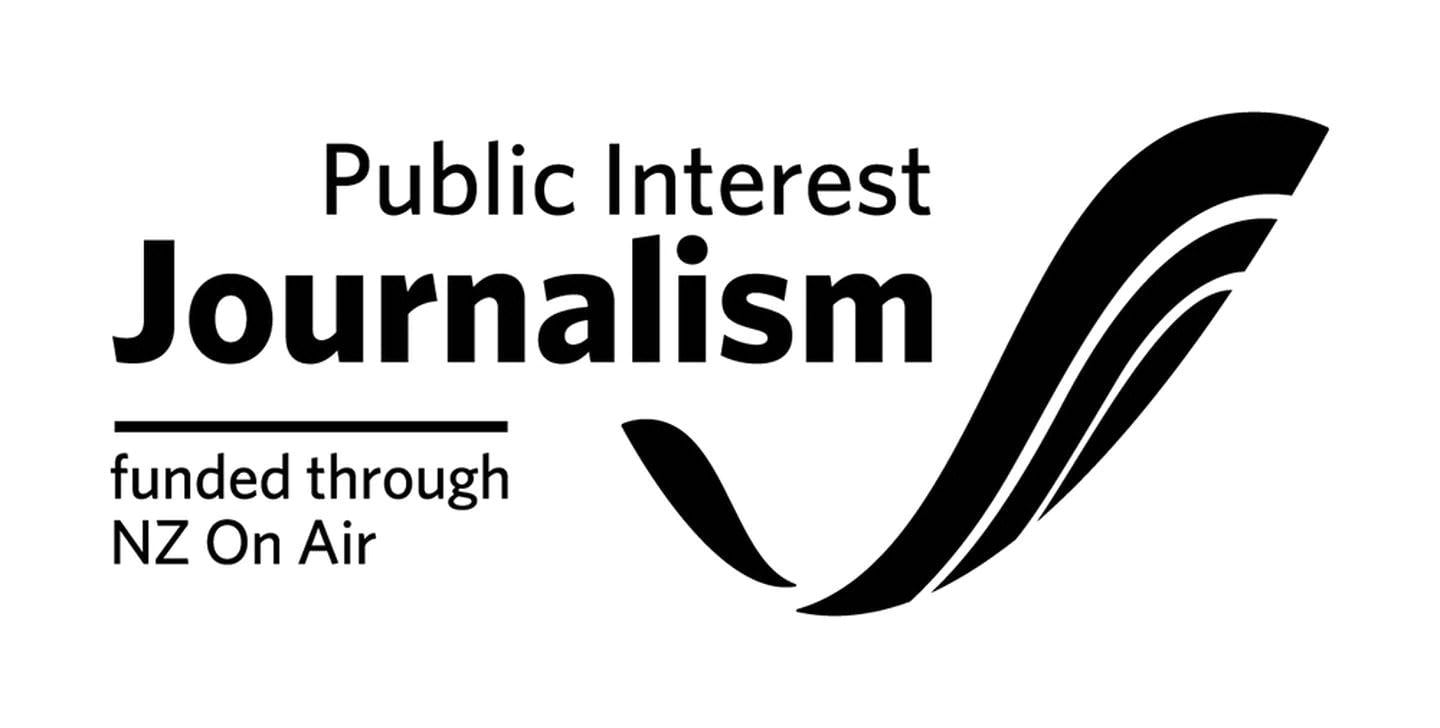NZ Food Safety has issued a warning for Northland shellfish gatherers not to collect or consume it due to paralytic toxins.
The warning applies to shellfish on the east coast of Northland, including the Karikari Peninsula and Pawarenga Harbour. It’s also extended to an existing shellfish biotoxin from the East Cape to Cape Kidnappers in Hawke’s Bay.
NZ Food Safety Deputy Director-General Vincent Arbuckle says levels of toxins have risen dramatically, with the latest result from Tologa Bay mussels showing levels that are 11 times over the safe limit.
“It’s a naturally occurring event. We survey across the country, continuously checking water samples. Mussels are a really good indicator if one of these algal blooms is causing a problem.
“It’s quite concerning; it’s why we’ve been pushing out this message.”
Reports of people consuming affected shellfish leading to illness are at nil so far, according to Arbuckle. The affected shellfish include mussels, pipis, scallops, kina and cat’s eye snails.
Cooking will not remove the toxin. And those who consume affected shellfish could feel symptoms of illness in as little as 10 minutes, or as long as three hours.
Can cause death
It can even lead to respiratory failure, and, in severe cases, even death.
“In extreme cases, we’re talking about a fatality so it’s something to take very seriously.
“It’s like Russian roulette; you might be fine today but tomorrow you won’t be. The consequences are too serious to run the risk.”
Other shellfish such as crayfish, fin fish and crab can be consumed if the guts are cleaned out.
With summer incoming, regular testing “virtually every day” would hopefully show that the toxins will disperse before that time.
“As soon as we’ve got two weeks worth of clear negative test results we’ll recommend lifting that advice. Fingers crossed maybe before Christmas.”
Updates on this matter can be found via the Ministry for Primary Industries website here.



